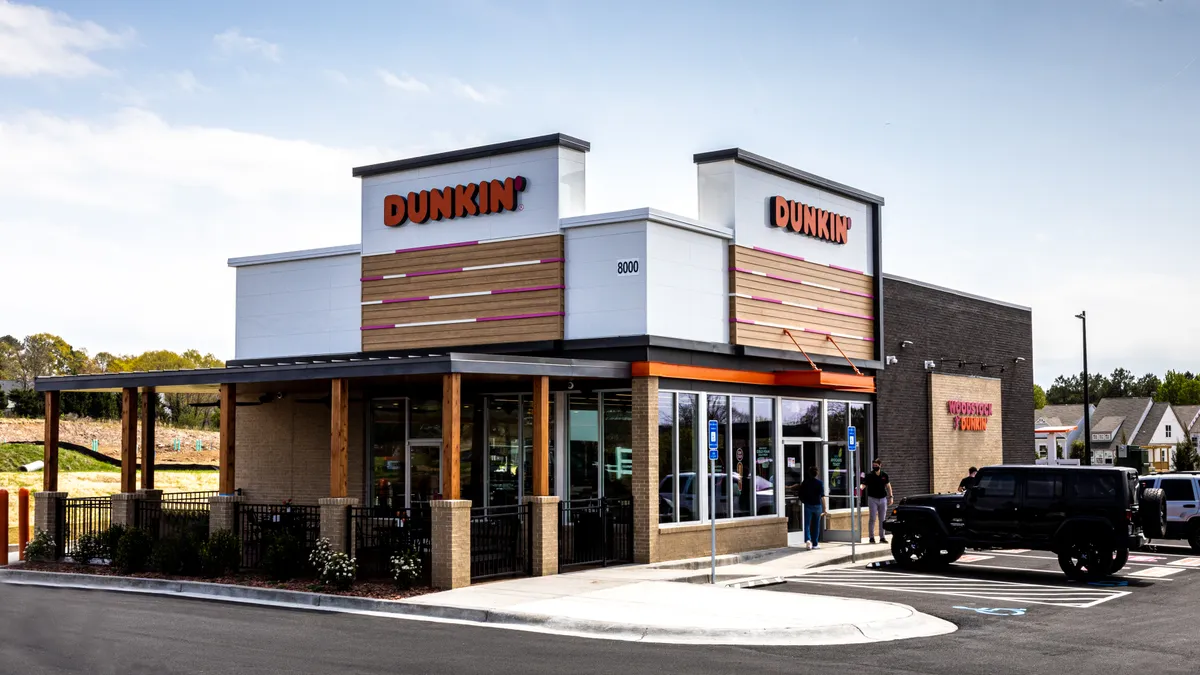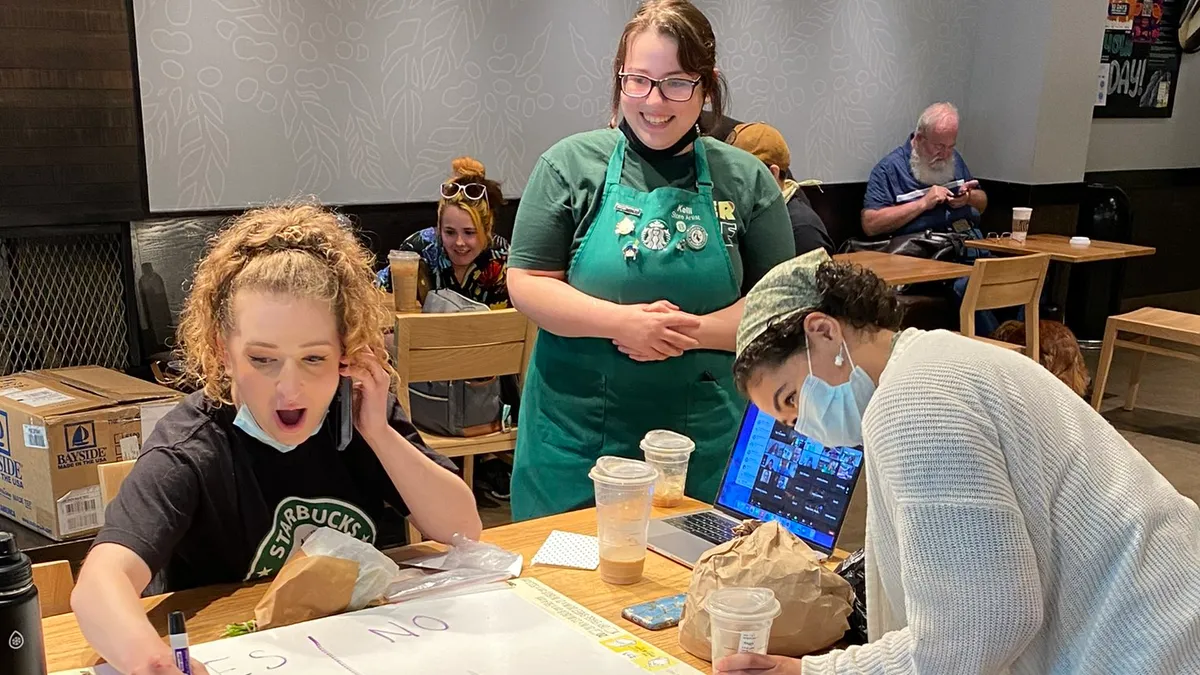It's Friday night — the busiest of the week — and your restaurant just lost three hours of business due to a crashed POS system. Orders piled up, customers walked out, and the manager spent two hours on the phone pleading with tech support instead of handling the dinner rush.
Restaurants would do anything to avoid this worst-case scenario. Scale Computing’s research shows that operators are realizing that technology can be the difference between growing and losing business. According to its 2024 survey, 40% of restaurant operators cite data availability gaps as a major operational issue, while an astounding 30% struggle with transaction processing problems.
IT failures are not the only challenges for restaurant leaders. Staffing and workforce management remain a struggle, particularly in the current high-cost environment. In Toast's Voice of the Restaurant Industry Survey, 41% of operators report moderate or extreme hiring challenges. To address labor challenges, effective leaders prepare to enhance staff efficiency, implement effective retention strategies, and optimize shift scheduling.
“Restaurants are having a much harder time managing their people, and they need their systems to be reliable," says Thanh Rodke, technical solution architect at Scale Computing.
Technology can help bridge that gap by supporting operational efficiency. Automation enables leaner teams to handle order volumes that would have been unrealistic a few years ago. It comes as no surprise that Scale Computing’s survey reported that nearly half of restaurants are investing in automated checkout systems: orders need to flow even when understaffed.
Restaurants are treating technology as a strategic advantage
The rising importance of technology has prompted restaurants to treat it as a strategic asset. The days of patching together ad hoc systems are over. Today’s landscape necessitates integrated technology. For example, a modern fast-food restaurant coordinates roughly two dozen different computing systems, all of which must communicate with each other in real time. This creates the need for an integrated technology stack where every piece of software can interact easily with the others, exchanging information so a restaurant can run smoothly.
Cloud-based POS systems promised to solve some of these problems through easy deployment. However, when the internet hiccups, everything stops. Orders don't process, payments fail, and data gaps grow, blocking critical decisions.
Edge technology gives restaurants an edge
So what does resilient restaurant technology look like in practice? It puts computing at the edge, where orders actually occur: at tables, in kitchens, and at drive-throughs. Edge devices from Scale Computing give restaurants three advantages.
- Operational capability stays up even when local systems go down. A cluster of two low-cost edge devices per location replaces a dozen specialized boxes from different vendors. If one of those dozen dedicated devices fails, the other takes over automatically. Bring redundancy to systems that don’t natively support it, including data replication to ensure your data is always safe.
- Restaurants keep running even when the internet doesn't. Computing happens at the point of service, so when internet connectivity drops out, operations don't have to. Store-and-forward capabilities let restaurants keep taking orders and payments even when they can't reach the cloud, syncing everything once connectivity returns.
"You can have everything in the cloud, including powerful BI analytics tools, reporting, backups, and payments," Rodke explains. “But if the cloud is down, you need that stuff to continue working, and then when the cloud comes back, it will synchronize everything." - Edge infrastructure comes with simplicity baked in. Many of the systems that a restaurant needs are complex and cumbersome to manage. Scale Computing consolidates them into two low-cost boxes, offering seamless integration for restaurants.
When it's time to upgrade or replace that equipment, moving virtualized loads to new hardware—without rebuilding systems from scratch—is simple. The software is independent of the physical boxes running it.
Preparing for the next big thing
As operators look towards 2026, AI remains top of mind. Scale Computing surveyed 150 executives across multi-location businesses and found that 70% of restaurants use AI for customer service, significantly outpacing retail adoption. While the majority of respondents use AI, only 38% consider themselves advanced in AI and automation.
It’s evident that restaurant leaders understand the advantages of AI: incorporating automated workflows, personalized recommendations, and predictive analytics into their future strategies. Looking three to five years ahead, one respondent estimates, “I expect that we will be all-in AI-wise.”
To deliver on these benefits, AI requires access to reliable data. The traditional approach to restaurant IT involves data silos scattered across disconnected systems. That doesn’t work for AI; it needs up-to-date analytics from a location in Fresno to advise a restaurant manager in Fremont, 170 miles away, across the various systems at each location.
Restaurants are waking up to the possibilities
Although restaurants have outpaced retail in AI adoption, restaurants are still catching up to retailers in their overall use of technology. Almost two-thirds of retailers have transitioned to edge computing, while less than half of restaurants have made the leap. However, the pilot numbers suggest momentum: 40% of restaurants are currently testing edge deployments, compared to just 22% of retailers, indicating accelerated adoption in the next 12 to 18 months.
Notably, the restaurants currently testing edge infrastructure aren't necessarily the largest chains. Many smaller multi-site operators across the retail and restaurant sectors are moving faster, hitting 58% commercial edge adoption compared to 48% for larger organizations. Their size allows for more agility—unencumbered by enterprise procurement cycles or legacy system politics. These operators understand the stakes: when Friday night hits, the tech either works or it doesn't. Business goes where technology flows.










